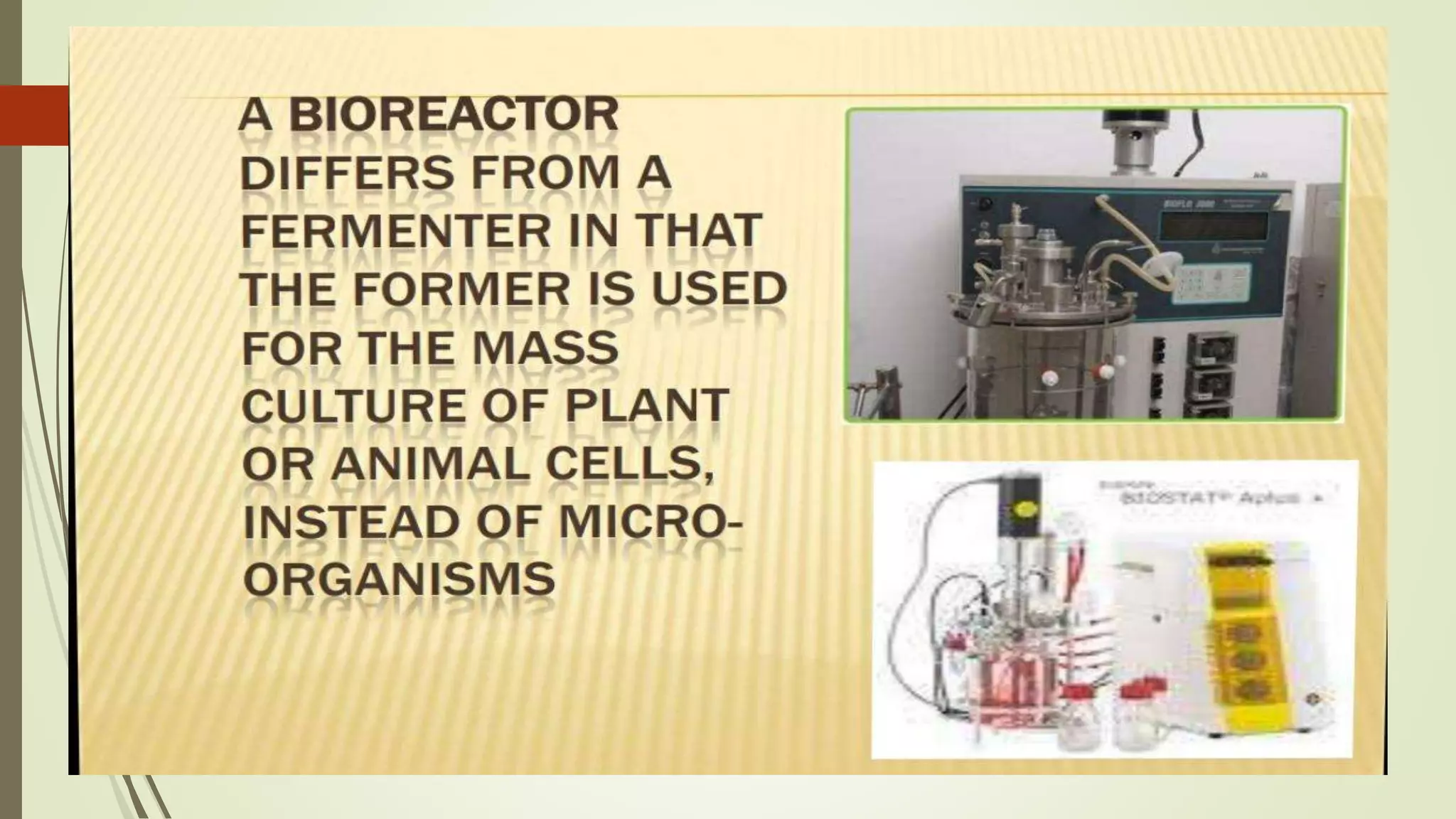The document provides an extensive overview of industrial microbiology, detailing its applications in the production of alcohol, vinegar, antibiotics, vitamins, organic acids, and amino acids through microorganism fermentation. Historical developments, various fermentation processes, and the characteristics of microorganisms that make them suitable for industrial use are discussed. Furthermore, it highlights the intricacies of fermentation techniques, recovery methods, and quality assurance in product manufacturing.


























































































